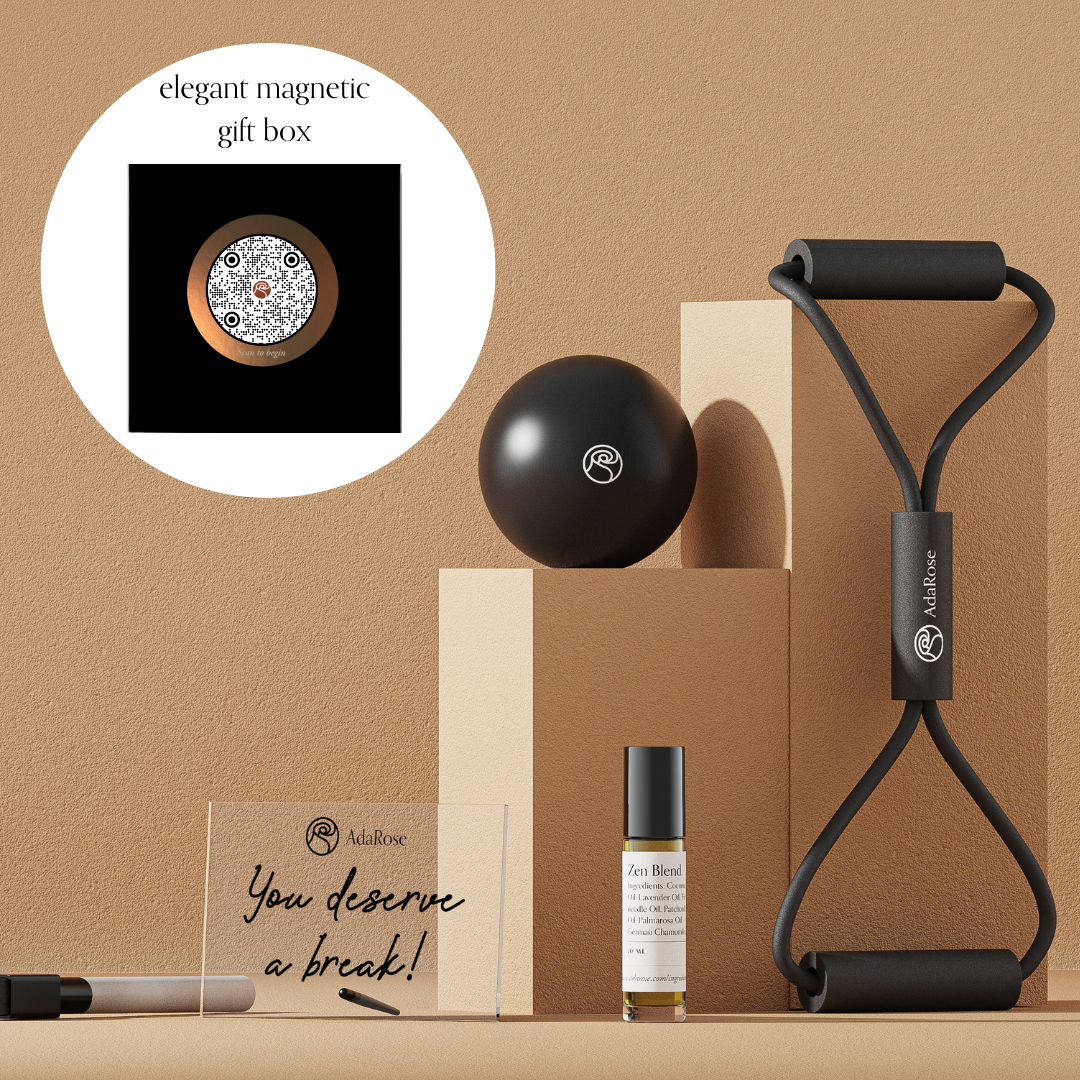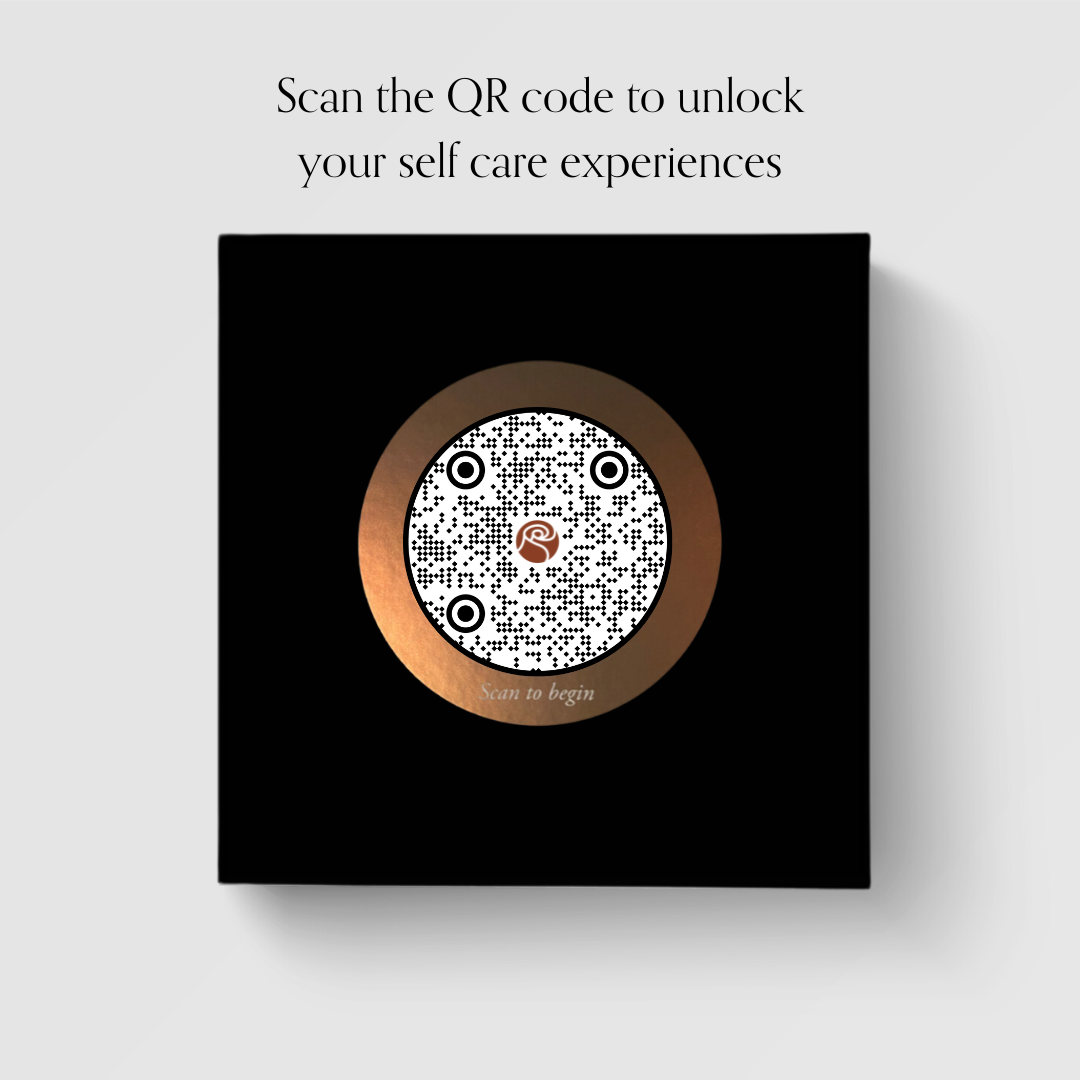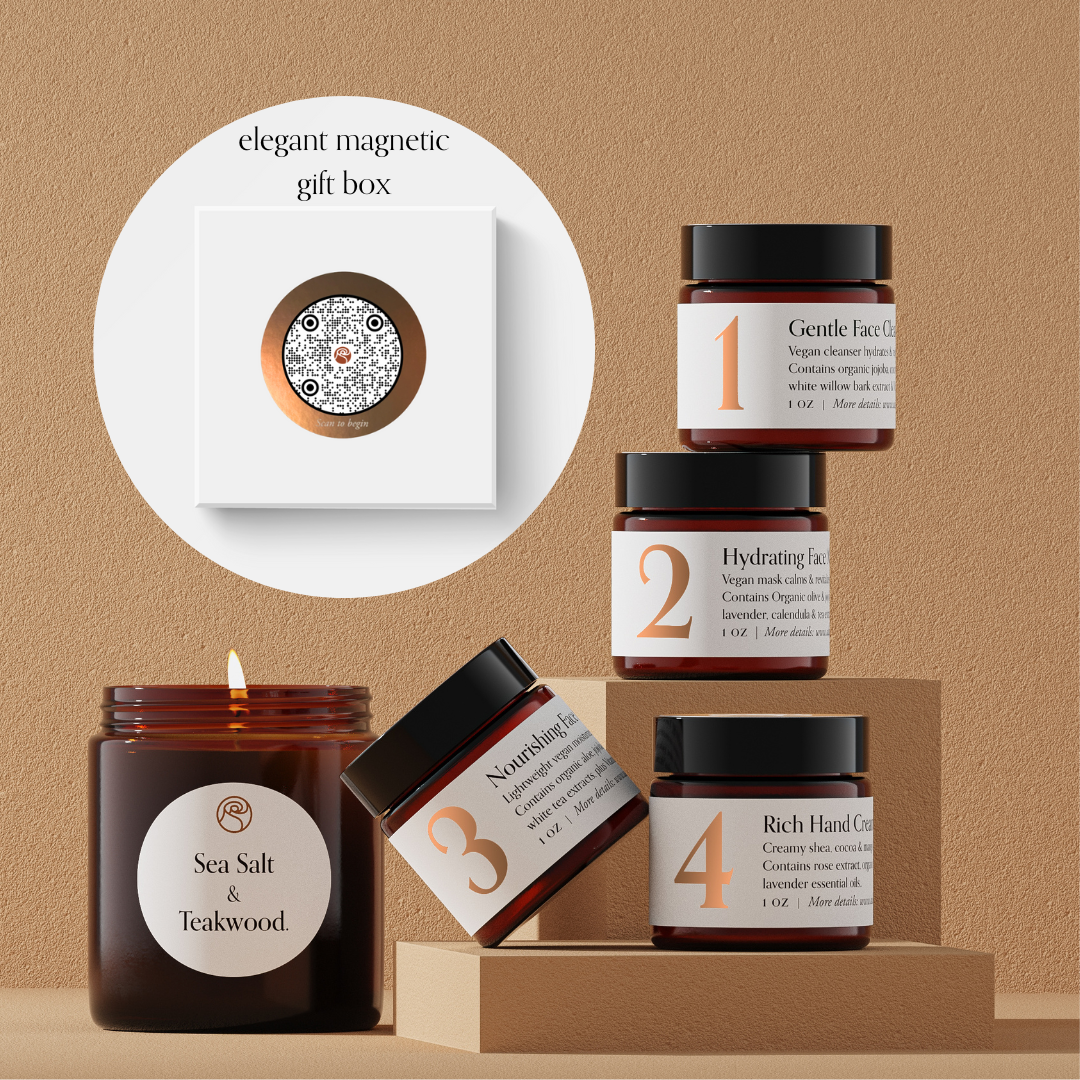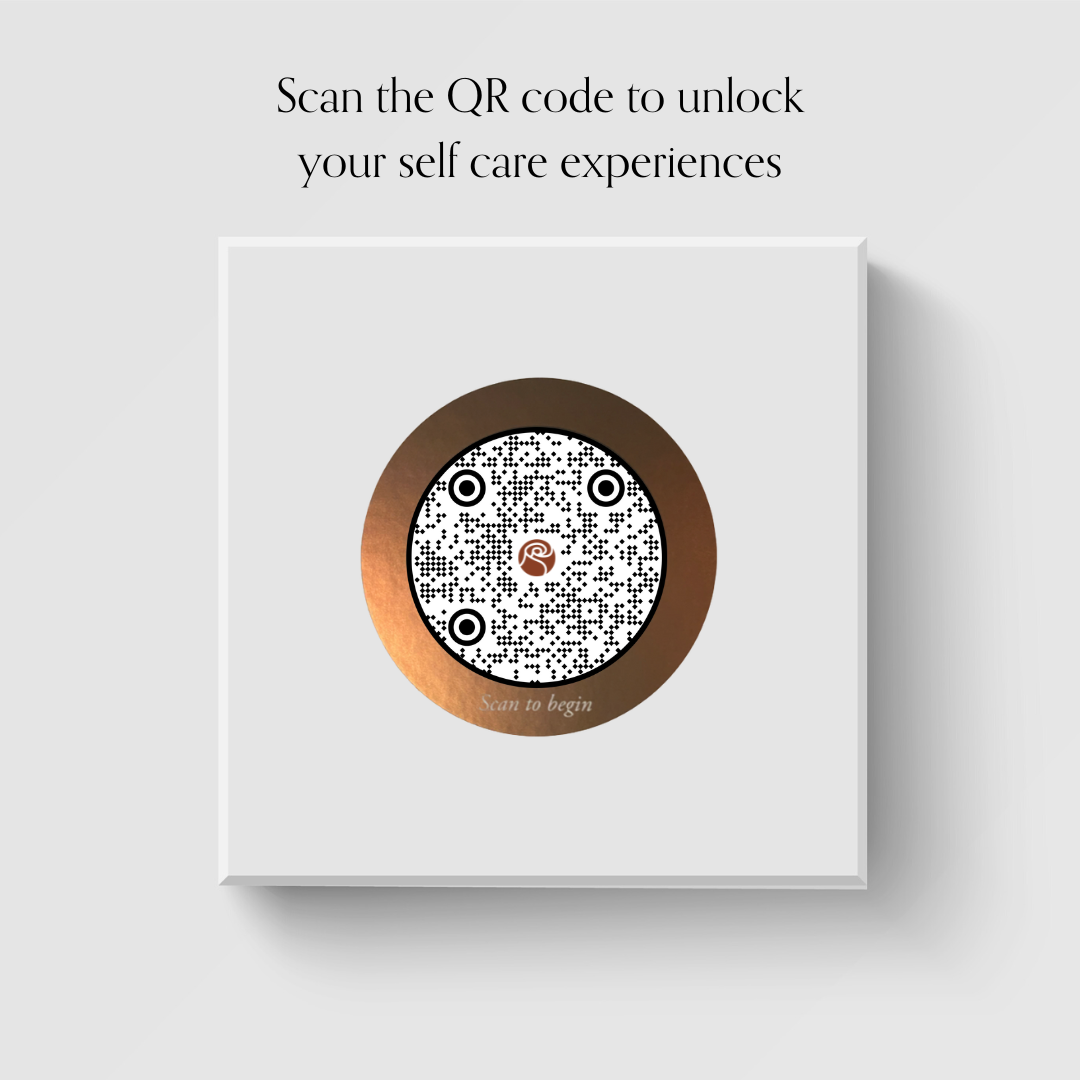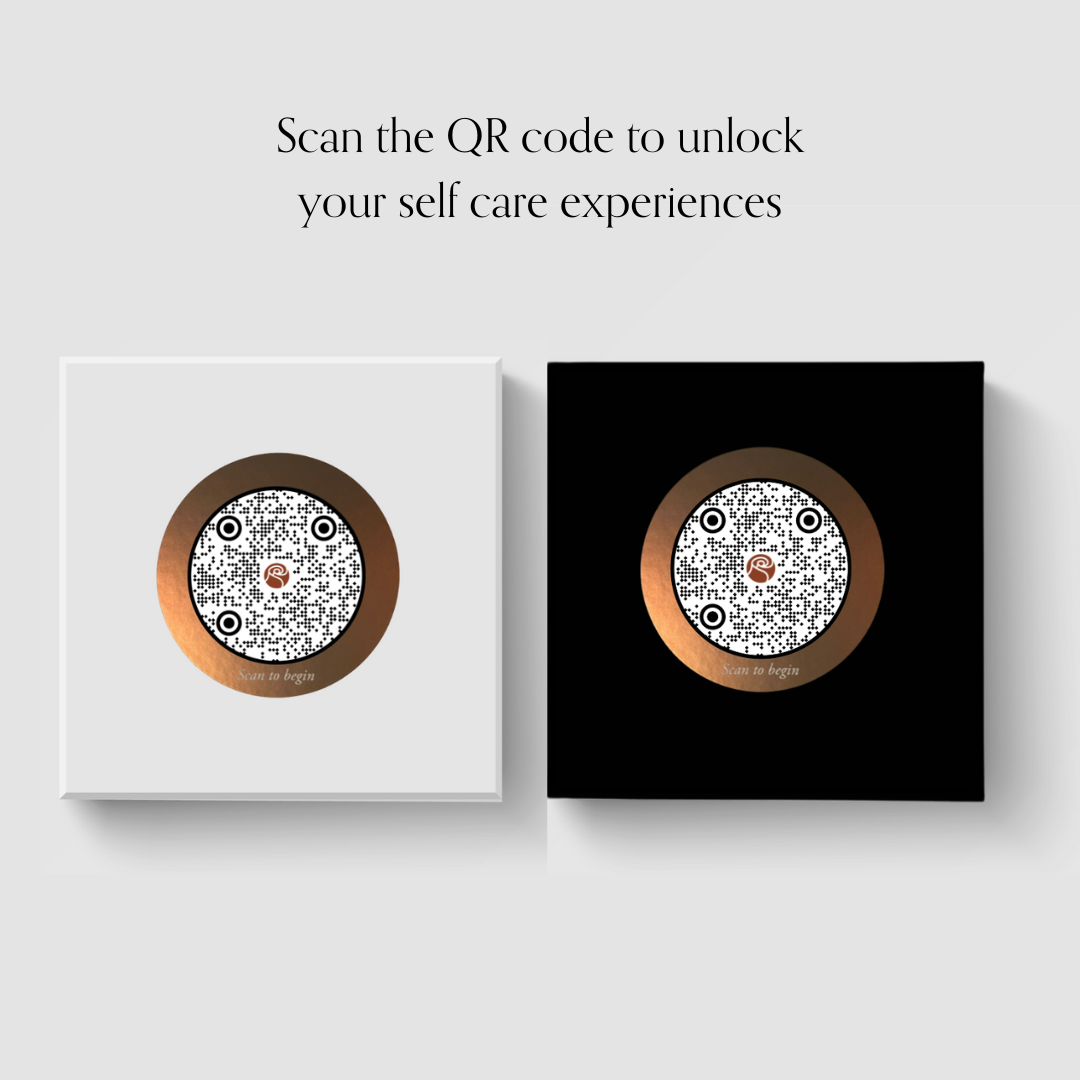The Society for Participatory Medicine ran my guest blog post in 2021 about my personal patient engagement journey. They have tips you can use to boost your own engagement in healthcare (and a manifesto you can sign), whether you’re a consumer, patient, or a healthcare provider.
In the blog post I talk about having to decide whether my baby daughter should have open heart surgery, and how my husband and I made that decision. I wrote about this topic because I care a LOT about patient engagement, and I think you should, too.
You see, I’ve worked at the intersection of healthcare and technology for about twenty years, and I’m still obsessed with it, partly because it has the power to amplify patient engagement.
Patient Engagement = Better than a Blockbuster Drug
Around a decade ago my friend Leonard Kish wrote that if patient engagement were a drug, it would be the “blockbuster drug of the century.” It was an irresistibly catchy phrase, and I totally get where he was coming from. Patient engagement was—and continues to be—a big deal, which can have a big impact on health outcomes.
In some ways, though, the comparison of patient engagement to a drug misses a key point. Most people think of drugs as a “magic pill” you can take that will address your healthcare issue without your having to do any work. In contrast, patient engagement is all about being involved in making decisions and changing behaviors that support your health. It’s active, not passive.
How Digital Health Amplifies Consumer and Patient Engagement
I believe that technology is the biggest force shaping the modern world today—and I want to help leverage it to benefit both individuals and society. The thing is, I don’t think technology is necessarily a good thing. It’s just tools—tools you can use in great or terrifying ways.
Kind of like fire. Fire is fabulous when you’re using it to cook your food or stay warm in the winter. It’s devastating when it’s destroying your house. Similarly, technology can radically improve or tear down the human experience.
And if you want to impact people’s lives in a meaningful way, what’s more central to life than health and healthcare? I recently wrote about how consumers and patients can use digital health to improve (or potentially hurt!) the quality and the length of our own lives.
Technology makes the invisible visible. It makes it possible to see and understand factors that impact our health that we couldn’t “see” before–like how our body reacts to certain food or a medication. Technology also makes it possible to connect with others, whether healthcare professionals or peers, who can support us at a distance where and when we need it.
Finally, technology can help to predict health risks so we can minimize our exposure to them, and enable us to personalize how we are cared for (and care for ourselves) in ways that are unique to and most effective for us.
Your Patient Engagement Journey
As you can see in my blog post, I got excited about patient engagement before I had the need to apply it in my own life, but it’s made a difference in how I’ve approached health and healthcare for me and my family ever since. Where are you on your patient engagement journey? Is it something you’ve thought about? Does it sound like something you want to be intentional about?


